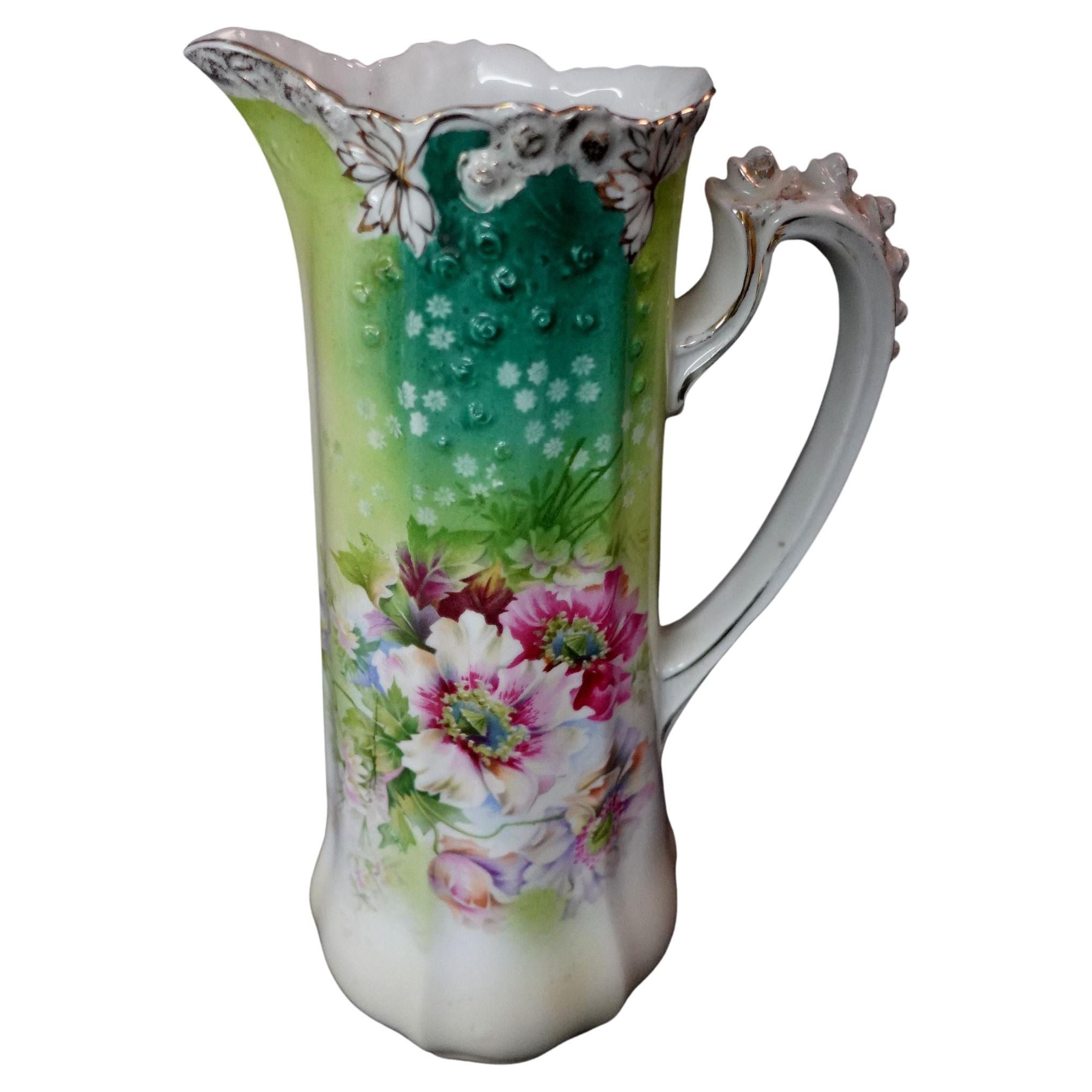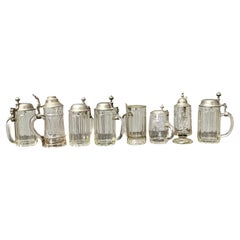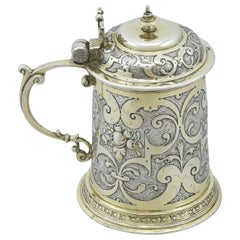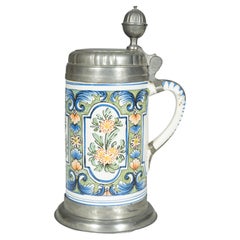Questions & Answers
Our trusted network of 1stDibs sellers answer common questions
What is a German tankard called?
1 Answer

A German tankard is called a stein. The word is a shortened form of the German word Steinkrug, which means "stone jug." Many steins have hinged lids that help keep the beer inside fresh between sips. You'll find a selection of antique and vintage steins on 1stDibs.
1stDibs ExpertApril 5, 2022
Related Questions
- What are tankards used for?1 Answer
- Why did tankards have a glass bottom?1 Answer
- When were pewter tankards first used?1 Answer
- What is a German Schrank?1 Answer
- What are German nutcrackers?1 Answer
Shop for German Tankards on 1stDibs
Collection of 8 Glass And Metal German Tankards
Located in Haddonfield, NJ
A collection of 8 pieces of tankards in glass with metal lids from the end of the 19th Century and
Category
Antique 1890s German Folk Art Jars
Materials
Metal
Antique David Eckrich German Silver Tankard
By David Eckrich
Located in Jesmond, Newcastle Upon Tyne
An exceptional, fine and impressive, rare antique German silver quart tankard; an addition to our
Category
Antique Early 17th Century German Barware
Materials
Silver
German Faience Tankard
Located in Essex, MA
Cylindrical with pewter lid. Floral decoration and loop handle.
Category
Antique Late 18th Century European Delft and Faience
Materials
Pewter
German Stein - Beer Mug - Tankard - Pot - Ceramic - Germany
Located in Beuzevillette, FR
Charming German beer stein from the mid-20th century.
Ceramic stein decorated with floral designs
Category
Antique Mid-19th Century German Mid-Century Modern Pitchers
Materials
Ceramic
German / Bohemian Glass Tankard, 1775-1800
Located in Tunbridge Wells, GB
German / Bohemian Glass Tankard, 1775-1800
A superb example of an 18th century beer mug from the
Category
Antique 18th Century German George III Pitchers
Materials
Glass
Antique German KPM Porcelain Lidded Bartmann Jug Tankard
By KPM Porcelain
Located in Vero Beach, FL
Antique German KPM Porcelain Lidded Bartmann Jug Tankard.
19th century German Bellarmine
Category
Antique Mid-19th Century German Renaissance Porcelain
Materials
Pewter


